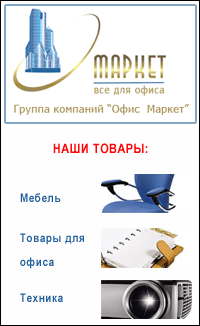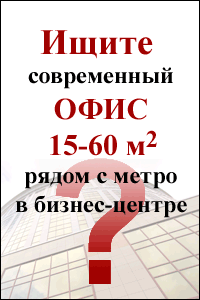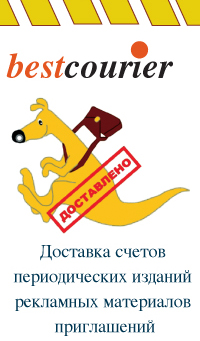CEOs’ Opinions & Prognoses

The key characteristic of the Russian economy in 2008 is its complete integration into the global economy, with all the latter’s positive and, unfortunately, negative impacts. On the whole, the Russian economy on one hand became stronger, and also much weaker than at the beginning of the year. The positive moments: despite the global crisis, both the nation’s GDP and economic output will still grow this year. Also, the government has increased its efficiency by using the Public-Private Partnership (PPP) mechanisms. The accumulated reserves have enabled the government to fully and timely realize all the necessary ‘anti-crisis’ measures. The negative results: Russia still remains too dependent on prices on oil and other raw commodities to fully become a ‘safe haven.’ Besides, the low level of development of the financial sector does not only prevent the economy from competently fighting this crisis, but is also dragging down the other economic sectors.
Forecasts for the Russian economy in 2009
"The positive moments: despite the global crisis, both the nation’s GDP and economic output will still grow this year. Also, the government has increased its efficiency by using the Public-Private Partnership (PPP) mechanisms."
The forecast on Russia’s economic development in 2009 largely depends on the situations on the global markets. If demand for oil, metals and other Russian export commodities, and consequently, their prices, will not increase, then, the economic growth will, at the best, be at 3,5%, according to the IMF and Russian Finance Ministry. Another reason for pessimism comes from the long-term development concept prepared by the Economic Ministry, where the key condition for increasing the innovativeness of the economy, and hence the country’s stable development, depends on high rates of investments. Now, there are huge doubts that the volume of investments, especially foreign ones, will meet the earlier forecast figures. This will negatively affect the economy both in 2009 and 2010, and even up to 2020. Thus, in any case, the prognosis for the coming year, at least its first half, is highly pessimistic.
Exit scenarios from the financial crisis
There are several conditions for exiting the current crisis. The first is to clear up the ‘plugs’ on the path of the state’s financial support to businesses. If these financial resources get held up in the selected four banks, both the money and the banks themselves will soon turn into swamp surrounded by economic ruins. The second is not to reduce long-term expenditures. Today, one can reduce staff, as this can be reemployed after the crisis, but if expenses on training are reduced, who then will work, when the crisis ends. Similarly, one can decrease the expenses on infrastructure, but then the economic growth will soon become limited by ‘natural’ restrictions. Also, one can reduce the expenses for innovations, but within 3-4 years, such companies will find themselves lagging behind competitors. The third condition is not to support non-competitive companies, which are estimated at about 20% of all Russia’s companies. The logic here is that, irrespective of the size of support provided for such companies, they will still go bankrupt, while the struggling mid-sized companies, which will not get such support, will not be able to survive the current crisis. The fourth condition is using the most effective support mechanisms. For instance, the government can simply continue to ‘inject’ more money into companies, or, alternatively, increase the number of projects that can be realized within the PPP frameworks. Which of these strategies is more effective is more than obvious.












 Web design,
Web design,